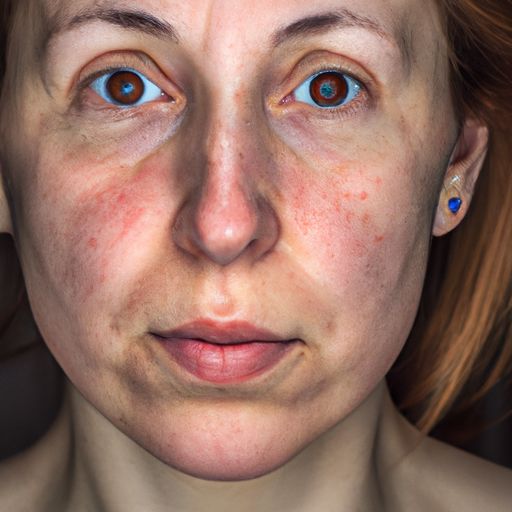Title: Unmasking Acne: A Comprehensive Guide to Diagnosis and Treatment
Acne is a common skin condition that affects millions of people worldwide. It’s not just a teenage problem; adults can also suffer from this skin disorder. Understanding acne, its causes, diagnosis, and treatment options can help manage this condition effectively. This comprehensive guide aims to unmask acne, providing insights into its diagnosis and treatment.
Acne is primarily caused by the overproduction of oil, clogged pores, bacteria, and inflammation. Hormonal changes, certain medications, diet, stress, and genetics can also contribute to acne development. While it’s most common on the face, it can also appear on the back, chest, and shoulders.
Diagnosing acne is typically straightforward. Dermatologists usually identify acne by examining your skin and assessing the types of lesions present. They may classify acne as mild, moderate, or severe based on the number and type of blemishes.
Mild acne is characterized by whiteheads and blackheads. Moderate acne involves a higher number of these blemishes, along with inflammatory papules and pustules. Severe acne is marked by numerous large, painful nodules and cysts, which can lead to scarring if not treated promptly.
Once diagnosed, there are several treatment options available for acne. The choice of treatment depends on the severity of the condition and the patient’s individual needs.
For mild to moderate acne, over-the-counter (OTC) products containing salicylic acid or benzoyl peroxide may be effective. These ingredients work by reducing oil production and killing bacteria, respectively.
If OTC treatments aren’t effective, prescription medications may be necessary. Topical retinoids are often the first line of treatment for moderate to severe acne. They work by promoting cell turnover and preventing the clogging of pores.
Oral antibiotics may be prescribed for more severe cases to reduce inflammation and bacteria. For women, hormonal therapies such as birth control pills or spironolactone can help balance hormones and reduce acne.
In cases of severe, stubborn acne, isotretinoin (formerly known as Accutane) may be recommended. This powerful medication is typically used as a last resort due to its potential side effects but can be highly effective in treating severe acne.
In addition to these treatments, lifestyle changes can also help manage acne. Maintaining a healthy diet, staying hydrated, getting regular exercise, and practicing good skincare hygiene are all essential in managing acne.
Lastly, it’s crucial to remember that while acne can be frustrating and sometimes embarrassing, it’s a treatable condition. With the right diagnosis and treatment plan, most people can achieve clear skin and prevent future breakouts.
In conclusion, understanding acne’s causes, diagnosis, and treatment options is key to managing this common skin condition. If you’re struggling with acne, don’t hesitate to seek help from a dermatologist. They can provide a personalized treatment plan that addresses your specific needs and helps you achieve healthier, clearer skin.
Keywords: Acne, Diagnosis, Treatment, Skin Condition, Dermatologist, Over-the-Counter Products, Prescription Medications, Lifestyle Changes.




